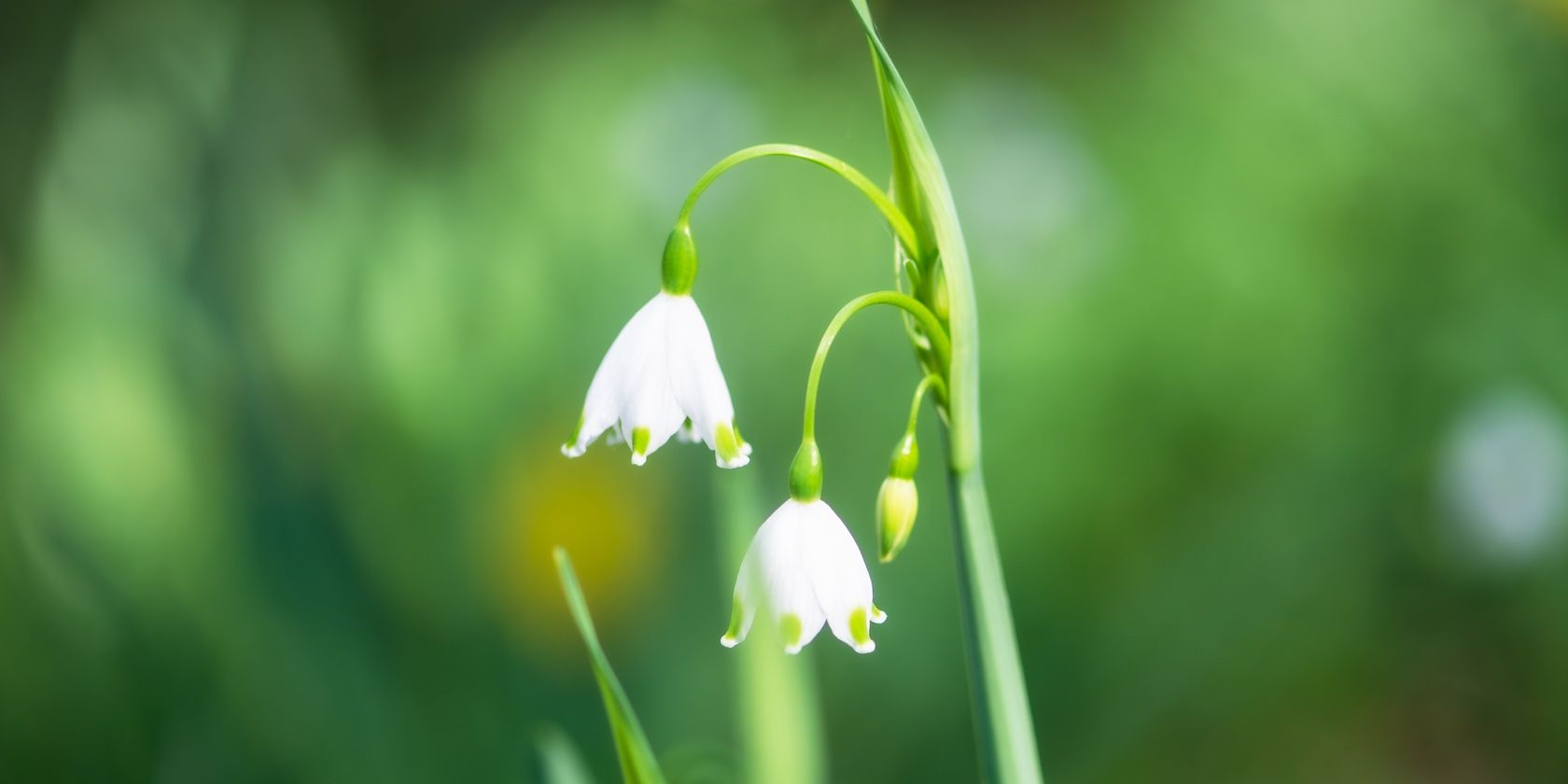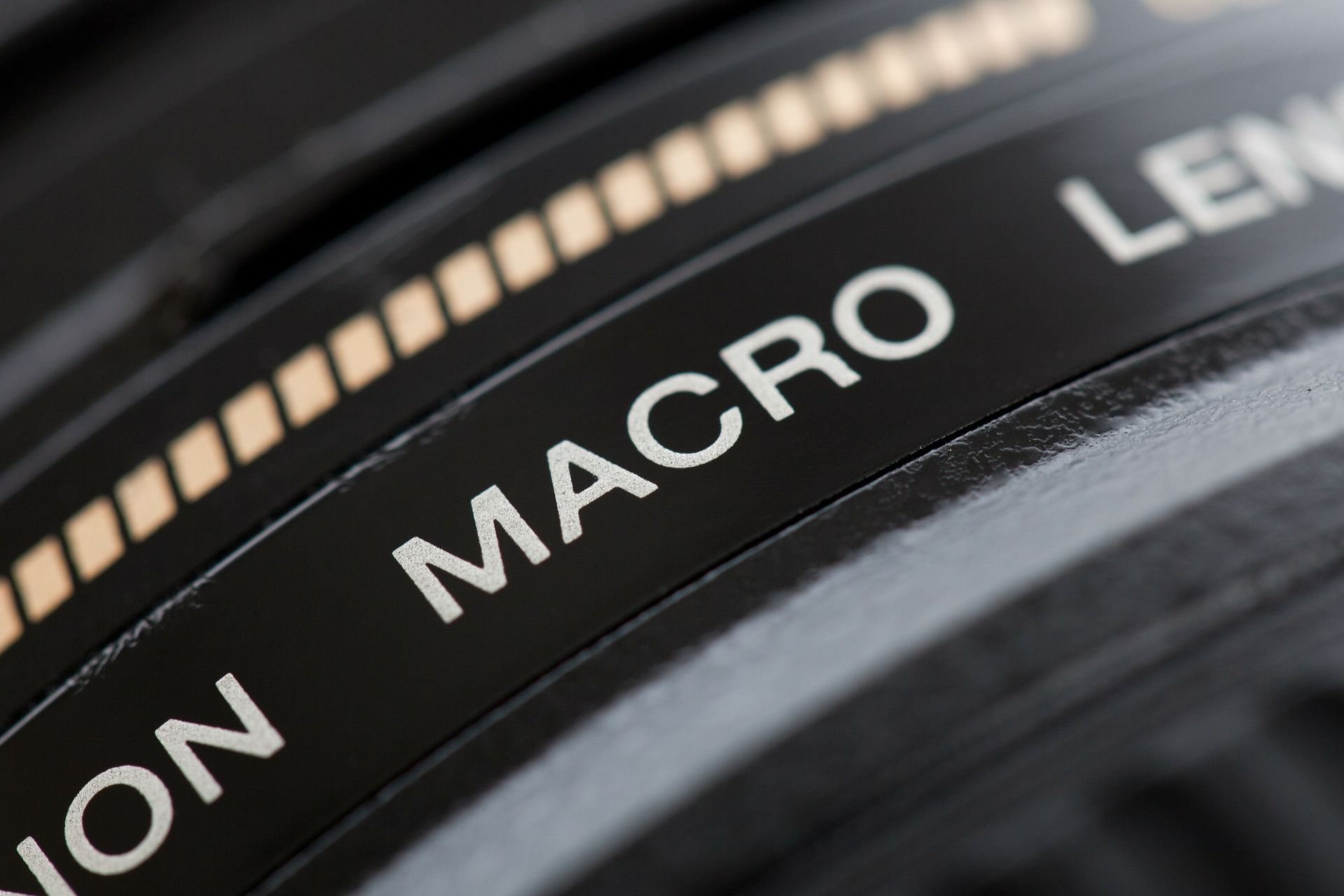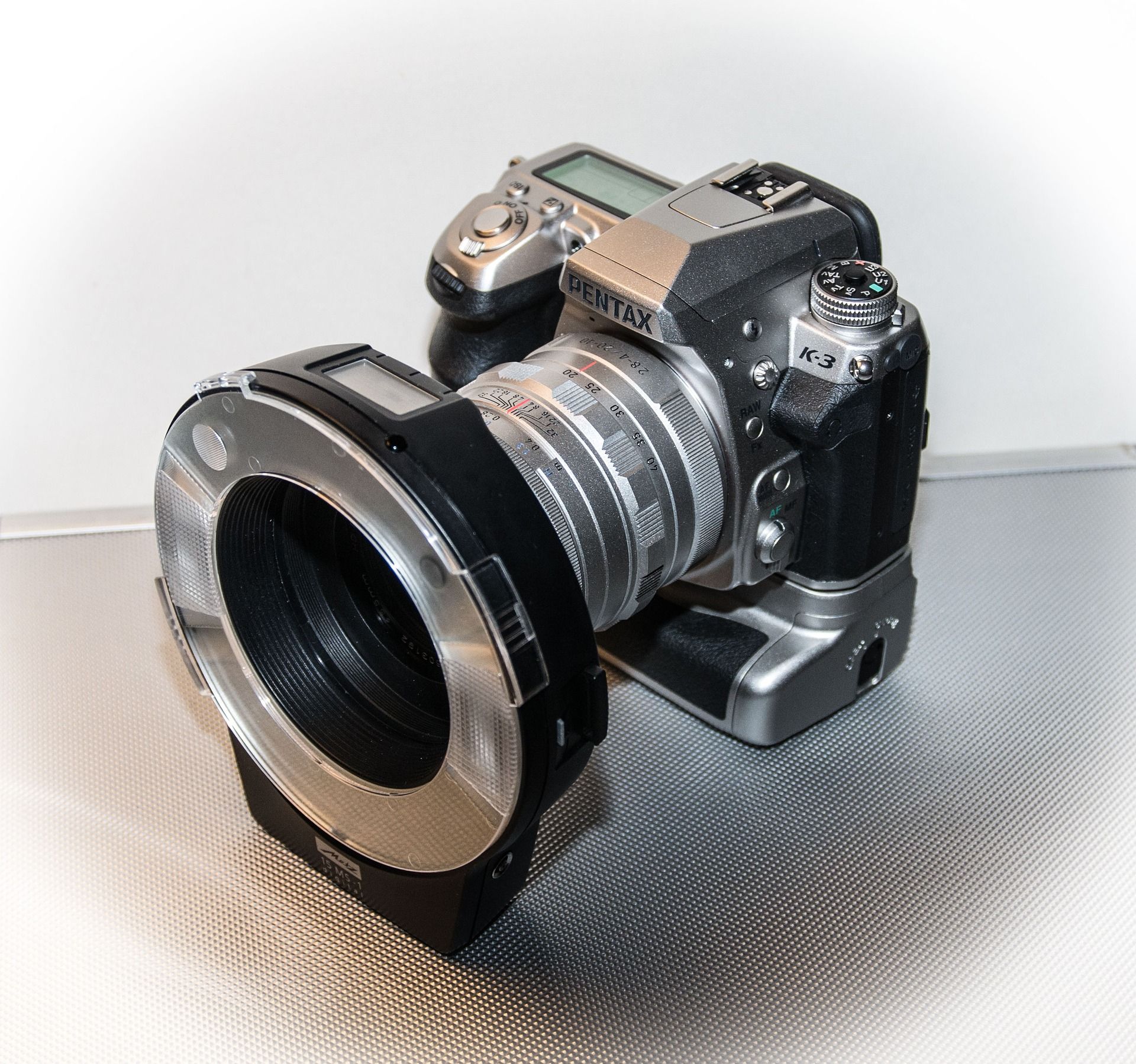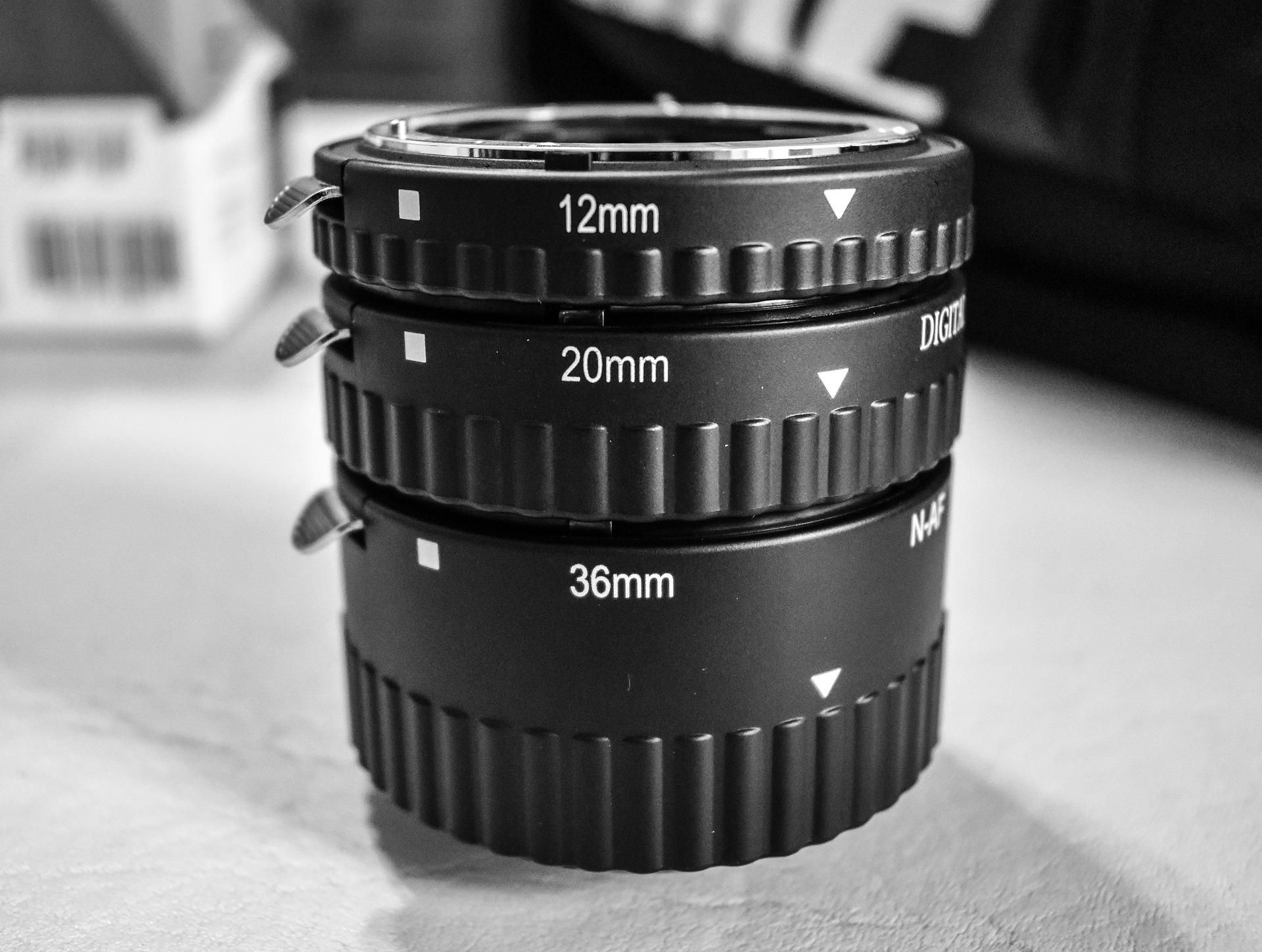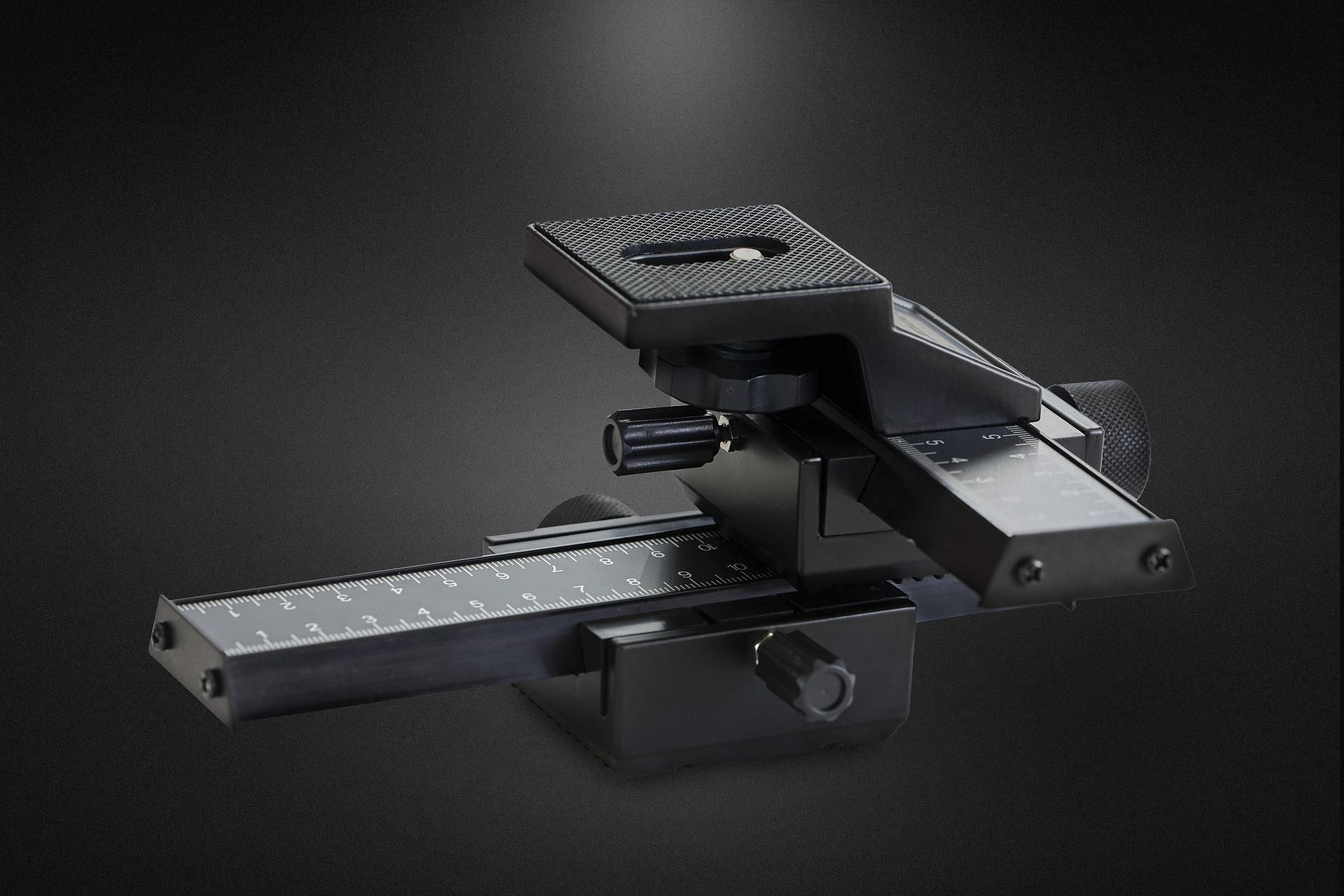Macro photos take you to another world full of eerie insects and exquisite flowers. Do you want to enter the microcosm and try macro photography? Unfortunately, those teeny tiny subjects are elusive—you should be willing to get your hands dirty and shoes muddy. Not only that, you need special equipment and software to portray your macro subjects in their full glory.
Want to know about the tools you need to take gorgeous macro photos? You're in the right place. Let's jump right in.
1. DSLR or Mirrorless Camera
Technically, you can take macro photos with an iPhone or a point-and-shoot camera, but here we are focusing on serious, life-sized macro photography. So, you'll need a DSLR or a mirrorless camera. You can either choose a cropped sensor or a full-frame one. However, a full-frame sensor will give you better-quality images.
When picking a camera, look for the highest resolution that you can afford. Since the macro subjects are tiny, it's good to have all the extra pixels you can crop in post-production and fill your subject in the frame.
2. Lens Reversing Ring
Macro lenses are usually a bit pricey. So, if you're just trying to test the waters of macro photography, you can use a lens reversing ring instead of spending a large sum on a macro lens. A lens reversing ring lets you connect the front part of your lens to the camera. The reversed lens acts as a magnifying glass and makes your subject appear bigger.
The lens reversal ring is very inexpensive, and you can try it with your kit lens or the famous nifty fifty lens. Remember, the prominent part of your lens is exposed when you use this technique, so make sure you take extra precautions to protect your lens.
You can also use a coupler to connect the reversed lens to another lens correctly fitted to the camera. With this technique, you can use a zoom lens to magnify your subject much more than your standard macro lens' 1:1 magnification.
3. Macro Lenses
A proper macro lens is an excellent investment if you plan to stick with macro photography for long. But, not all macro lenses are created equal. A true macro lens has a reproduction ratio of 1:1 or more. So, for example, if you're photographing an ant, the macro lens must project it life-sized on the camera sensor—a 1:2 macro lens projects only half the size of the actual subject.
Also, you get macro lenses in different focal lengths. Your best bet is to buy one in the mid-zoom range. Canon's 100mm f/2.8 and Nikon's 105mm f/2.8 are two popular macro lenses you can check out.
The problem with short focal length lenses is that you need to be very close to your subject. Imagine you're photographing a little bug. When you're almost on top of it, you will end up scaring it away. You may also cast a shadow over your subject if you're too close.
4. Tripod With a 90-Degree Arm
You're often crouching, lying down, or doing some sort of acrobatics to get that perfect angle when you're shooting macro. Of course, it doesn't help that our favorite macro subjects like frogs, lizards, and other creepy crawlies tend to hide under rocks and bushes. Want a break from all that back-breaking work? Get a tripod.
When looking for a tripod, it is better to find one with a center column that works horizontally and lets you take top-down photos. But on the flip side, these types of tripods are pretty expensive. So, if you want to save money, you can buy a tripod extension arm from third-party manufacturers like Neewer or K&F Concept to attach it to your existing tripod.
5. Macro Ring Flash
Macro lenses have a very shallow depth of field, so you can't open your aperture wide. Moreover, macro subjects like bees will be fast, and you will experience windy weather when you're out in nature. Slowing your shutter speed is a no-go in such situations. You have to rely on artificial lighting to properly expose your subjects.
You can use your regular flash for macro photography, but there is a particular type of flash called ring flash specifically for macro photos. It attaches to your lens instead of your camera's hot shoe. Since the ring flash is on the lens, it is closer to the subject and evenly lights it. Nikon has a slightly different version of the ring flash called Wireless Close-Up Speedlight System.
6. Extension Tubes
Let's say you want to photograph a snowflake. Unfortunately, a snowflake is too tiny that even a macro lens can't fill the frame with your photo. You can solve this problem by attaching an extension tube between your camera and lens. This way, you can get much closer to your subject.
Extension tubes are plain tubes without any optical elements in them, and they come in various sizes like 14mm, 28mm, and so on. You can also get extension tubes with auto-focusing capabilities.
Remember, extension tubes reduce the light entering the camera, and you need more light to work with them.
7. Focusing Rail and Bellows
If you have upped your macro photography skills and want to go to the next level, you can invest in things like a focusing rail and bellows. A focusing rail attaches to your camera and lets you precisely focus on the parts of your subject. You can control your camera on both the x and y-axis. In addition, they come calibrated in centimeters, so you can exactly focus at the millimeter level.
A bellows is a cross between a focusing rail and an extension tube. You can get magnification along with precise control.
8. Focus Stacking Software
Although it is not exactly a gear item, we have to include focus stacking software in the list because it can make your macro photos come alive like nothing else. Adobe Photoshop is our preferred software for focus stacking. You can read our detailed instructions for focus stacking here.
Also, some focus stacking software come with automated focusing rails that can control your camera and take photos at different focus distances. But, again, these are pro-level gear, and you don't have to worry about them until you master macro photography.
Take Your Macro Photography to the Next Level With the Right Gear
Macro photography can be rewarding for those who love nature and all the mini creatures that call it home. But, it is not easy—you need to be prepared to enjoy photography in the undergrowth.
The specialized gear for macro photography can leave a big hole in your wallet. But the good news is, you don't need to hoard all of them at once. Instead, start slow, and add one by one as you progress. Remember, a great photo is not made by the fancy equipment but by the skilled photographer behind it.

